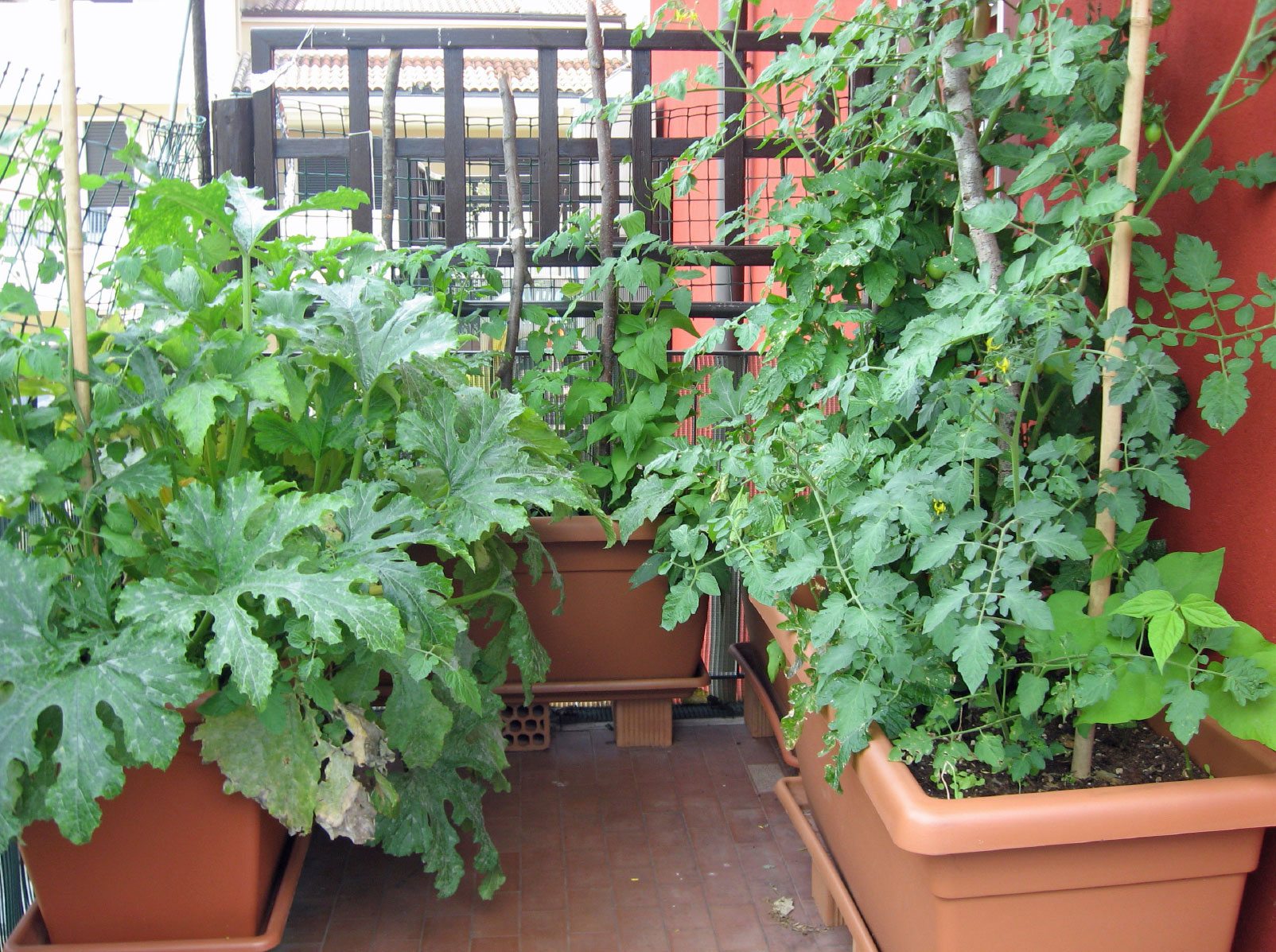Getting My City Blooming To Work
Interested in expanding food for sale in the City of Chicago? Below is a checklist of frequently asked inquiries concerning the regulations and guidelines that cultivators should take into consideration when intending an urban agriculture project.
The zoning amendment does not customize any other codes taking care of composting, structure licenses, acquiring or leasing City owned building, company licenses or ecological contamination. There are existing codes that manage these problems and they stay completely impact and may apply to your job. Community gardens are normally owned or taken care of by public entities, civic companies or community-based organizations and kept by volunteers.
Urban farms grow food that is intended to be offered, either on a not-for-profit or for-profit basis. Because of their commercial function, urban ranches need a business certificate. Yes. A community garden is enabled to market surplus create that was expanded on site if the sales are accessory or subordinate to the garden's main objective defined over.
Rumored Buzz on City Blooming
The quantity of garden compost product can not exceed 25 cubic yards at any given time according to the requirements in 7-28-715 of the City's Municipal Code. Due to the fact that the dirt at many brand-new garden websites needs amending, garden compost, soil, wood chips, or various other materials can be acquired to create or improve the growing area.

If a structure authorization is required after that the hoophouse will be considered an accessory structure. You can locate out even more about the structure authorization needs by getting in touch with the Division of Buildings. The 25,000-square-foot dimension limitation is intended to prevent a solitary area yard from dominating a given block or diminishing the block's existing household or business character.
The limit does not use to gardens situated in Public Open Space (POS) areas. Can there be even more explanation than one community garden that is 25,000 square feet on a single block? Yes. The dimension restriction applies to private yards, not to private blocks. No. Secure fencing is not needed, nonetheless, yards that have large parking lot might be required to set up fence or various other landscaping functions.
Rumored Buzz on City Blooming
B1 & B2 areas need that all commercial usage activities be conducted indoors. Is secure fencing needed for urban ranches? Fences might be called for, along with landscaping and testing, for particular vehicle parking areas and outside work or storage space areas depending on location and the certain activity taking area.
Urban farms need structure licenses and zoning authorizations prior to construction (sustainable gardening). Other kinds of city evaluation may be needed depending on certain structures, tasks, size, landscape design, licensing, public heath and stormwater management concerns.
The Division of Business Matters and Consumer Security can aid determine the details type of business permit that's called for. Off road vehicle parking is needed for a lot of industrial tasks in Chicago. The called for number of auto parking areas is based on the number of staff members working on website and not the square video of the expanding room.
City Blooming Can Be Fun For Anyone

An urban ranch can offer garden compost product created on site, however, the operation must abide with the regulations in 7-28-715 of the Chicago Municipal Code. Aquaponic systems are allowed inside on city ranches in lots of zoning districts.
As much as five hives or swarms of honey might be maintained as an accessory use. Beekeepers should sign up with the Illinois Division of Farming. For more information about the proposed zoning modification you may call the Department of Housing and Economic Growth, Bureau of Preparation and Zoning at 312.744.8563.
, which takes area in country locations at the edge of suburbs.
The Ultimate Guide To City Blooming
It can include a movement of organic growers, "foodies" and "locavores", that look for to form social networks based on a shared ethos of nature and area holism. These networks can create using formal institutional assistance, becoming incorporated into regional community planning as a "change town" movement for lasting urban growth.
In either situation, the a lot more direct accessibility to fresh veggie, fruit, and meat products that might be understood with metropolitan farming can improve food security and food security while decreasing food miles, bring about lower greenhouse gas emissions, consequently adding to environment adjustment reduction. A few of the initial evidence of city agriculture comes from Mesopotamia.
Comments on “The Greatest Guide To City Blooming”